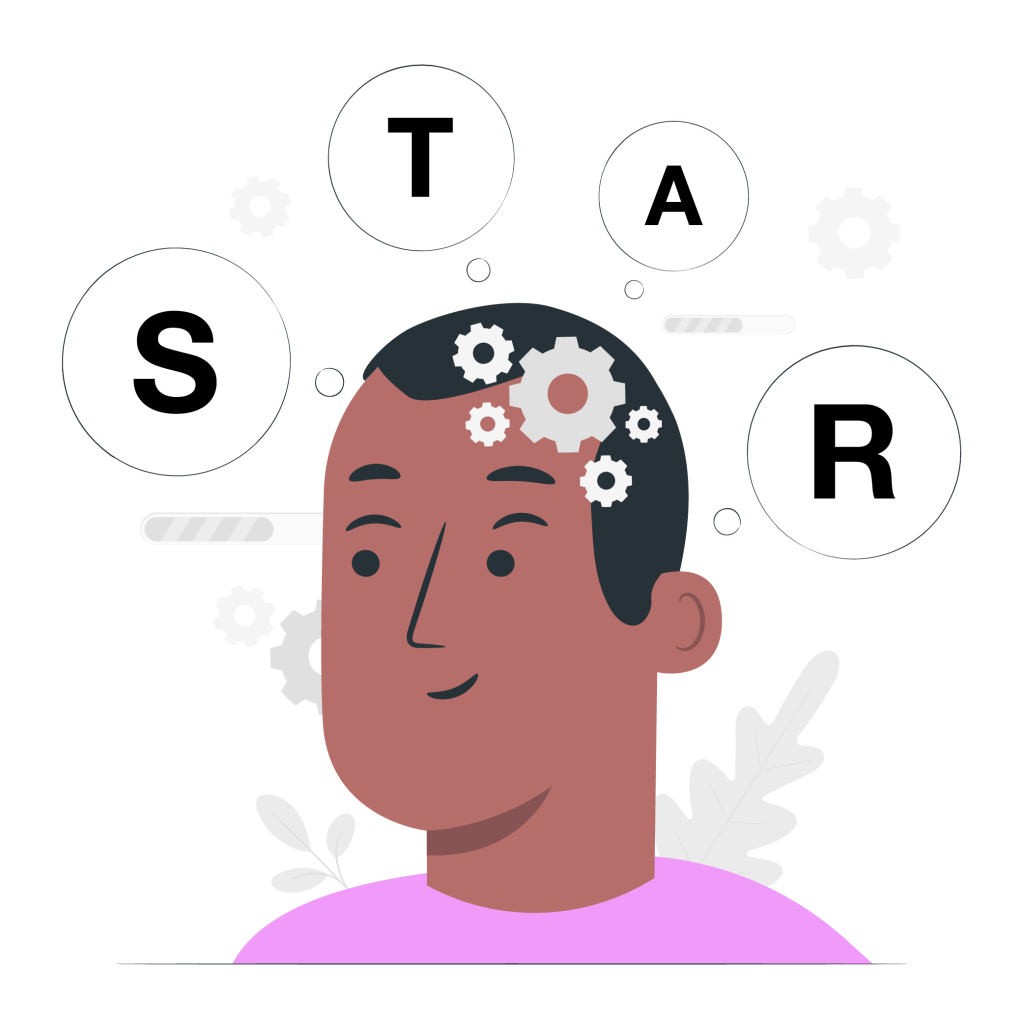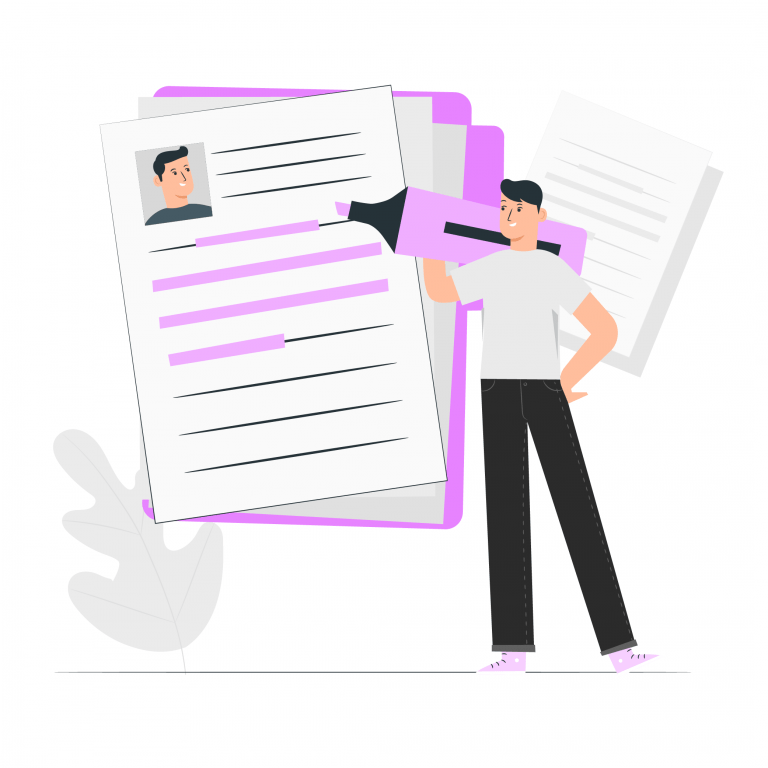
How to Attract the Best Talent: 10 Genius Examples of Killer Employer Branding
As the digital age transforms the way we interact with each other, AL Solutions deep dives into the importance of employer brand and how to use social media to land your next star employee.




